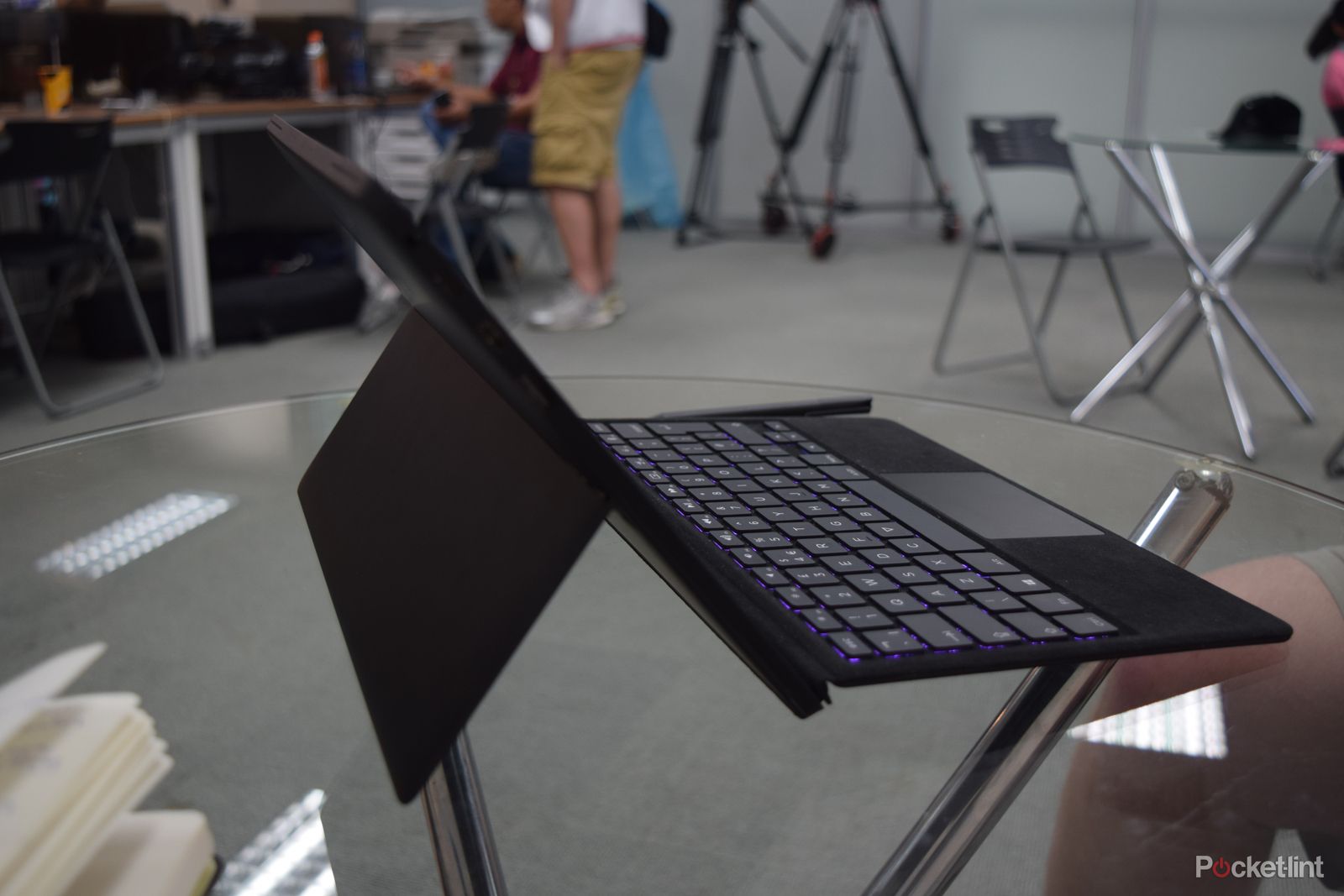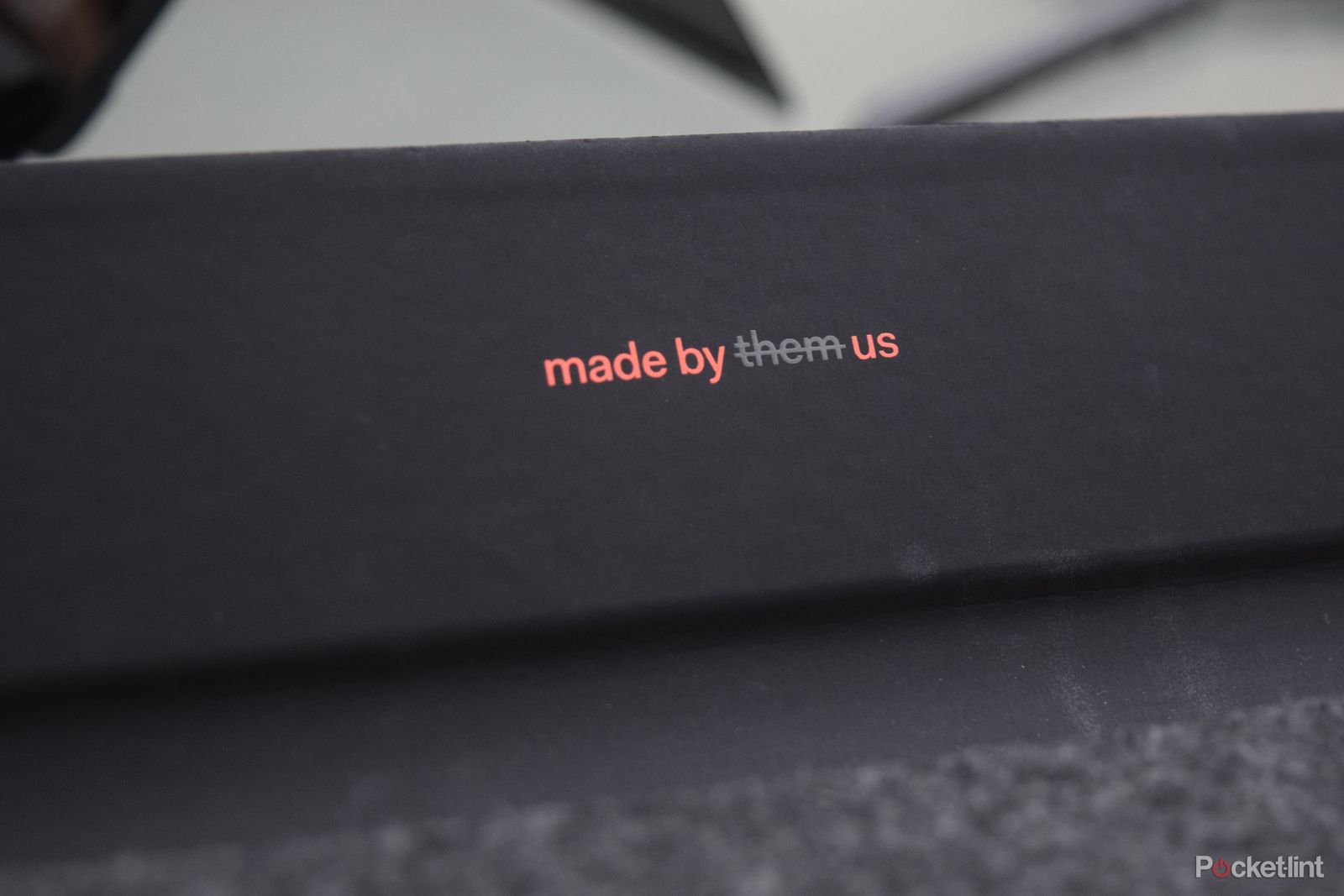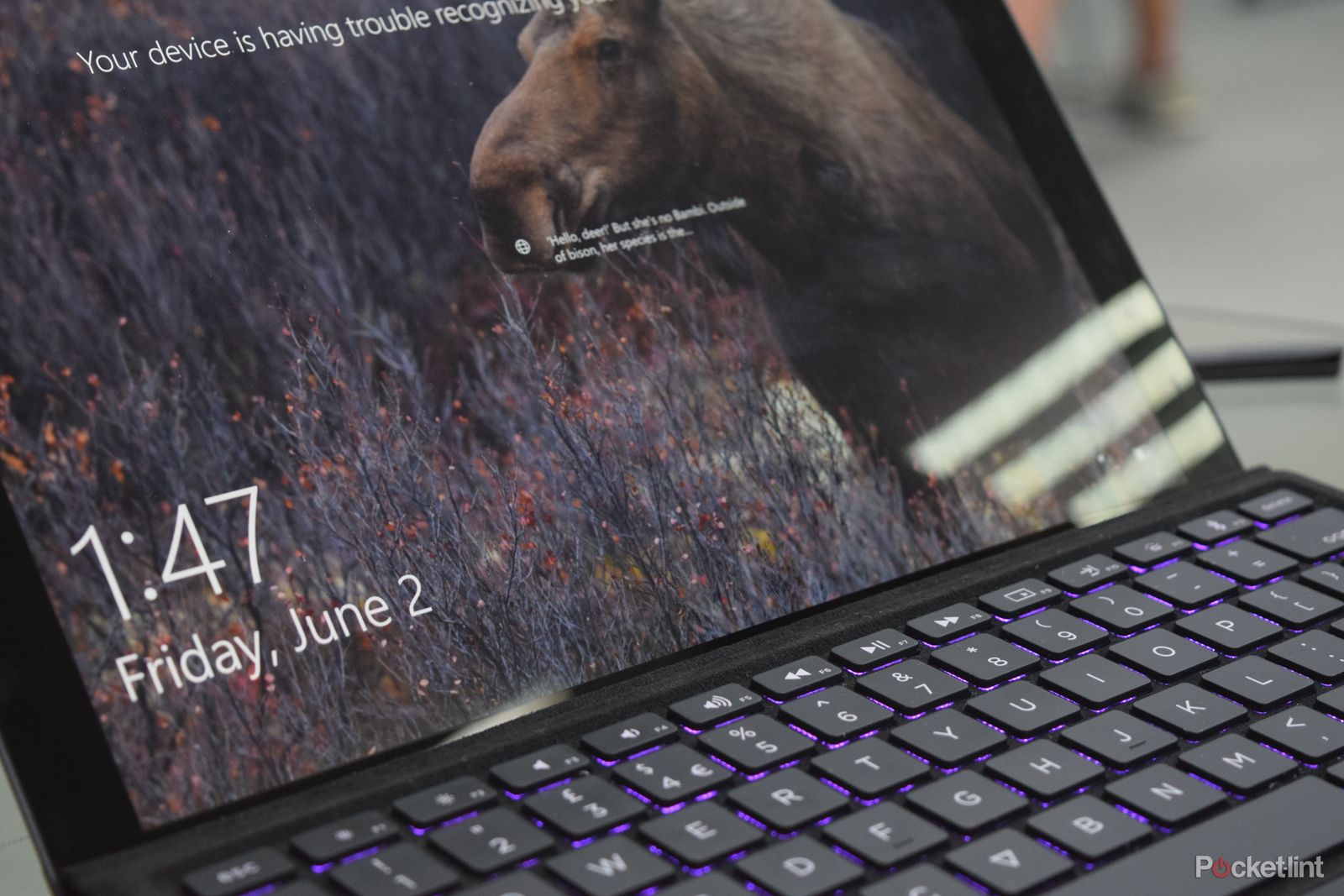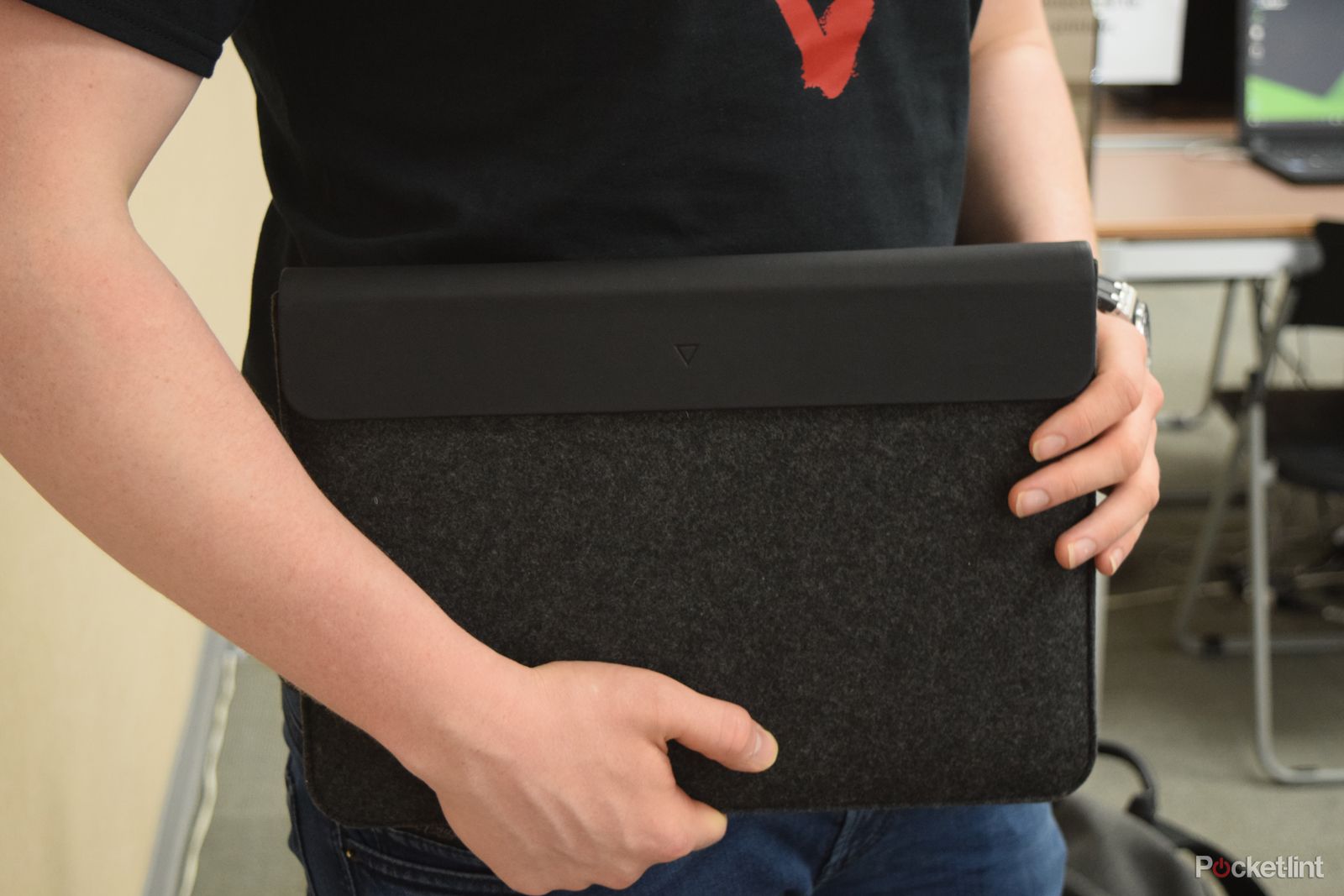A crowd-funded tablet/laptop hybrid might not usually catch the eye, but clearly Microsoft feels there's something special about the Eve V. It highlighted the relatively unknown product during its Computex keynote.
Our quick take

Eve V p
| FOR | AGAINST |
|---|---|
|
|
|
This is especially significant considering it is broadly in the same market as Microsoft's own Surface Pro.
We caught up with the developer to learn a little more about the unusual design process and a little about its ethos. And perhaps the most unusual aspect is the small company's determination to remain independent of any investors.
The Eve project started off as an experiment in 2015 to see if an unknown PC/tablet brand could be successful, launching and selling its products online.
It originally made an 8-inch Windows tablet, the Eve T1. And after that sold reasonably well, a WhatsApp group formed with users giving feedback directly to its developers. This grew into a forum and the development team used consumer responses to find out what their fans wanted to see in a follow-up device.
- Best of Computex 2017: The top 5 tech products on show
- Computex 2017: All the announcements that matter
Eve claims that the now 4,800-strong forum is a friendly and positive place for the most part, even though responding to all the issues can be time consuming. It still maintains some of the original WhatsApp groups too, growing the user-base so much the company has recently added a Community Manager to the team. This approach has led to a very interesting device.
The community wanted USB-A, USB-C and Thunderbolt capability. The Eve therefore has two USB 3.0, one Thunderbolt-capable USB-C and a 3.5mm audio jack with dedicated audio amplifier.
Straight off the bat it starts to become apparent how much attention Eve has spent on design. The ports are all geometrically aligned and to achieve this with the audio jack they had to put it in at a slant. That was expensive, but the overall effect is lovely.
The Bluetooth keyboard is another strong point. The whole thing is wrapped in soft, lightly-textured Contra Italian fabric. It looks stunning. The company also discovered that users wanted a keyboard they could use on the lap - to be used during presentations and so on.
The pogo pin handles charging (for up to 16 hours of typing using Bluetooth 4.2). It's also an RGB backlit affair which looks great with the fabric cover. The community was very specific about the key travel they wanted: 1.2mm. There are some nice quirks too, such as the "Oops!" key and the V key being the Eve Logo (an inverted triangle).
The developer asked the community what they preferred: thin and light with a smaller battery or thicker and heavier with a bigger battery? The community pumped for the latter and so it put in a very impressive 48Wh battery - the highest of any device in this form factor. There seemed to be some vagueness about how this translates to battery life but the dvelopers did mention they had watched the entire first season of Game of thrones on one charge.
In terms of the CPU, the community – which is not made up of gamers – went for the Y series of Intel's Core i7 and Core i5. There are a couple of options for RAM – either 8GB or 16GB plus a 128, 256 or 512GB SSD.
Cooling is handled through a copper heat sync and Intel heat pipes which dissipate the heat through the curved cushion style aluminium chassis. The developer says that this is how the Eve V running on a Core i5 outperforms an Asus Transformer 3 running Core i7.
The choice of going for 8GB or 16GB RAM actually pushes up the licence costs from Microsoft but once again the developer fed that information back to the community and they made the call.
The community were also given an option of a better pen and an 'okay' screen or vive versa. They plumped for the latter so the Eve comes with 12.3-inch IGZO LCD (2763 x 1824, 450 nit) screen. It's covered in Gorilla Glass 3 and, again by request, has anti-reflection coating.
Two-and-a-half thousand devices were snapped up on Indiegogo between November and mid-December 2016 with the first 500 devices being shipped to 84 different countries. Eve's largest market is the US, with the UK coming in third. The Finnish company has received support from Microsoft, Intel and the Finnish government. Its commitment to the project is clear, as is its determination to stay investor free.
"We want to do cool stuff and have fun doing it, stay in control and never have to compromise on user experience," we were told by the development team.
The Indiegogo version shipped from $699 (£621) to $1,399 for the community members that initially signed up.
There's no word on the price for the higher spec'ed versions when they are on general release but the lower end should start at around $799.



